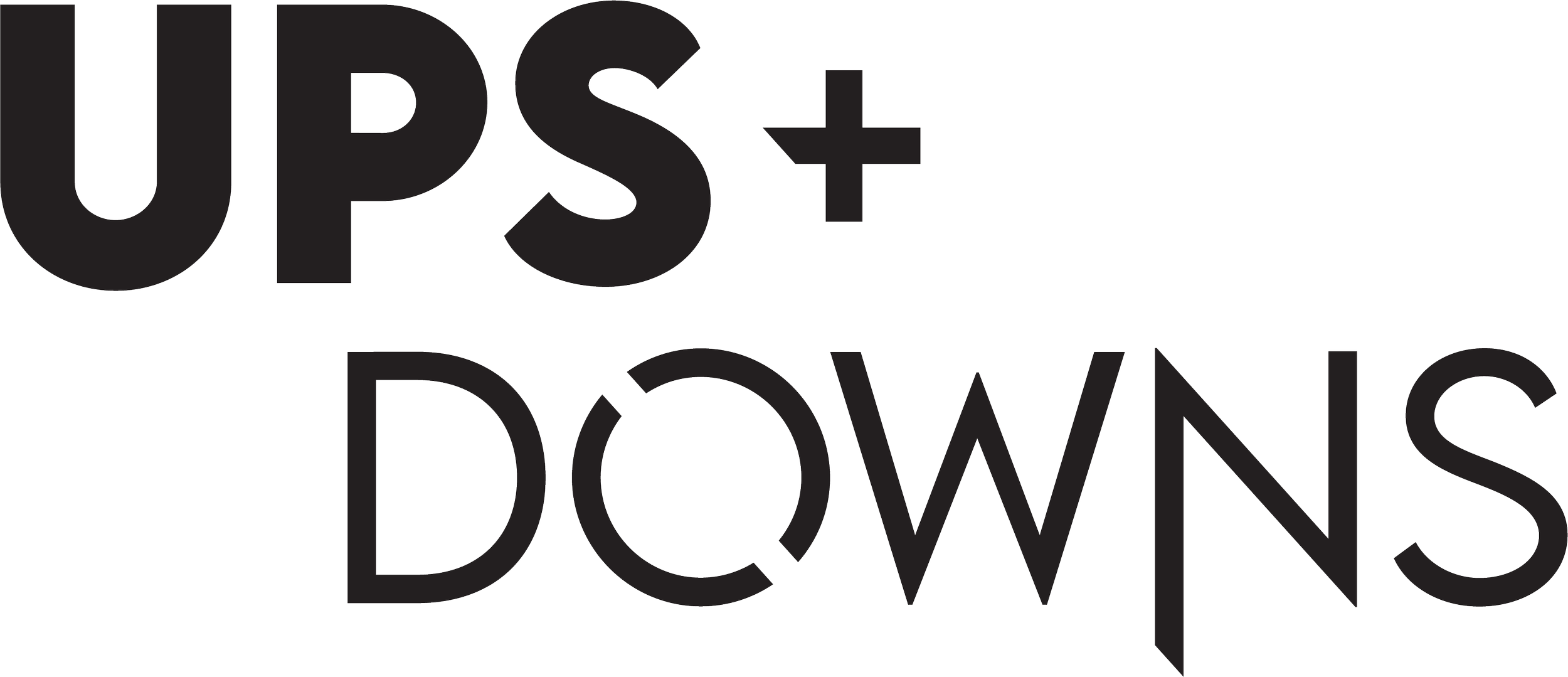A Personal Note
I’ve known for a long time that when I got myself to a safe, stable place, I would want to share this story publicly with the world. When I expressed this to my therapist several years ago, she shared this advice:
Think about it like the safety talk when you board an airplane. The stewardess says, “If the cabin loses pressure, oxygen masks will fall from the ceiling. Make sure your mask is secure before helping those around you.”
It took multiple years of therapy and hard work for me to get my mask on securely. About a year ago, early in the 2020-2021 ski season, I told my therapist that I was confident that my mask was on. What I had realized and have learned to accept was that my mask was not perfectly sealed nor leak-proof—and it might not be for the rest of my life. But I decided that for me, my mask is secure enough that it’s not going to fall off. The seal still breaks on occasion and it leaks, but I’m confident that I now have the tools, systems, and help to readjust it when necessary, tighten the straps, and keep on breathing.
That moment was the beginning of making this film and telling my story publicly. That was when I knew I was ready to help those around me.
Making this film, telling my story, and sharing myself with the world has been a journey in and of itself. But what I’ve learned more than anything is that there is infinite power in changing our entire culture surrounding mental health. The number of people that have reached out to me and opened up with their own stories continues to amaze me. All of these struggles—all the way to my struggles with suicidal episodes—are truly normal. I didn’t fully believe that until now, but if I could have known that when I was at my worst, I would have felt much less alone.
So for those of you out there who my story resonates with, you are so far from alone. And I promise you there is hope.
With love,
DP
P.S. I sincerely appreciate and really do love getting personal notes about the impact my film and story has had on you. I truly wish it was possible for me to get back to everyone. I try to read them all, but due to the volume of messages, my personal bandwidth, and the need to preserve my own mental health, I am unable to reply to everyone. Thank you for your understanding.
Sponsors of the Film
Supporting a message of this weight is no small ask, so thank you to these three brands for stepping up and backing the film.
If you are interested in sponsoring my next film to further this message, please get in contact.
Mental Health Resources
Most news stories or media that discuss mental health usually end or begin with a block of text that shares the suicide hotline with viewers and readers. I know that it was always well intentioned, but that disclaimer always felt too simple personally and didn’t contain enough information to convince me to call when I should have.
So, that’s why I made this webpage and tacked it onto the end of the film in place of only the suicide hotline’s phone number. Included below are sections on:
A lot of folks reach out to me asking for advice on their mental health journey. So I made this list and put it all in once place because I think it covers a lot of those questions with options and resources.
Please note: This page of resources is in no way, shape, or form meant to be comprehensive. There are a myriad of resources available to everyone out there. This is intended to offer a starting point to those who need it. I link out to a lot of pages with more and better information—because after all, I’m a professional skier and not a psychologist. This list is not a substitute for professional help, but hopefully it helps you find it.
If you are in crisis or emotional distress
988 Suicide & Crisis Lifeline
Call 988
What it is: The 988 Suicide & Crisis Lifeline is a toll-free hotline for anyone in the United States who is in emotional distress, in a suicidal crisis, or is afraid of harming themselves. You can call this number 24 hours a day, seven days a week, even if you are not thinking about suicide. It is also for anyone who knows of someone in a crisis and wants to support them.
What happens when you call: The hotline routes your call to a network of local crisis centers to wherever is nearest you. Once routed, a trained crisis worker (either a professional or trained volunteer) will answer the phone and can talk with you for as long as you like. They will listen and seek to help you feel safe and supported. When necessary, they will help you come up with a safety plan. For those seeking to help someone else, the trained crisis worker will talk with you to come up with strategies and resources to help support your loved one.
A couple more notes:
In 2022, the Lifeline phone number changed to 988 nationwide from its old 10-digit number. This change was to make it easily memorable and increase utilization. The hope is for 988 to be as culturally known and normal as 911.
Buzzfeed: Here's What Happens When You Call Into A Suicide Prevention Hotline
This is a great, much more comprehensive overview for anyone considering calling the Hotline and will answer most questions and dispel common fears and misconceptions.
The Crisis Text Line offers a similar option, but over text rather than calling.
Text HOME to 741741
Other resources and options when in crisis:
PsychCentral: Visiting the Emergency Room for Mental Health Help
As this article states, if you’re ever worried about safety, including being in fear of suicide, you should go to the ER.
Getting Help During a Mental Health Crisis
“Get help right away if you think you could be in danger… Call 911 or go to an emergency room, and tell them you're having a mental health crisis.”
Personal note: Early on, when I was in a mental health crisis and suicidal, I didn’t know all of these resources were available. I also didn’t understand that calling 988 or 911 and going into an Emergency Room were always an option when in fear of harming myself. After discussions with my therapist and research, I was able to understand that these resources are available and should be taken advantage of.
Call someone you love or who you know cares about you
We’ve all heard this before. But when you’re struggling, it can be a lot harder than others realize to pick up the phone and call someone. And it can be hard to believe people do care about you. No matter who you are, there are people in your life who do care about you. I promise; whether that be family, friends, co-workers, or neighbors, people do care about you.
Make a list of these people or save them as favorites in your contacts before you’re struggling so that you can call them when you are struggling. You can tell them you’re in a mental health crisis, or maybe just talking to someone in general helps. You can also ask people to come be with you in person.
Personal note: I kept a list of people to call in my safety plan. I’ve also made a list of names and numbers in my phone. My therapist helped me do this preemptively, so that when in a suicidal or depressive episode, I wouldn’t have to rationalize or convince myself that there is someone I can call. I had already made the decision that this was a list of people that I could call. And so it was much easier to do so. I did call them when I needed them, and I still do.
Seeking professional help
As I illustrate in the film, asking for help, specifically seeking professional help was one of the most important things I have ever done in my life. And I highly recommend seeking professional help to just about anyone and everyone—whether you have severe mental illness or are just looking to learn to take care of your own mental health in order to live better.
Below, I link to a number of great resources, as well as include personal tips.
Mental Health America (MHA): Finding Help: When To Get It And Where To Go
This article is a good starting point. Most notably, it covers what mental health professionals do, are qualified for, and specialize in. Figuring out what type of provider you are seeking is key.
National Alliance on Mental Illness (NAMI): Finding a Mental Health Professional
This provides a solid overview of the next steps you’ll need to take. It covers referrals, insurance, calling providers, and how to feel out what’s a right fit.
Healthline: How to Find Mental Health Services Near You in 2021
This is a good comprehensive overview. It may seem overwhelming to jump straight into, so use some of the tips and resources below to help.
How to find a provider
Psychology Today is the top database of therapists in the US. It has a simple interface, allows you to search by zip code and then filter your options based on specialty, gender, insurance, and more. It also offers the option to search for psychiatrists, treatment centers, and support groups.
Meet Monarch functions much the same way as Psychology Today, but is limited to only therapists. Most notably though, Meet Monarch has the advantage of being able to also filter providers by their upcoming availability, which can of course be a crucial deciding factor.
Web-based therapy services
SonderMind (in-person or online)
Web-based therapy services, including the ones listed above, can be a great option as well. The pandemic has made online therapy more normalized and easier to develop an authentic connection with providers. Most offer the option for insurance or self-pay and are sometimes more affordable options. These can also be good options in small towns, mountain towns, or remote areas due to a lack of providers and resources.
Personal tips
Don’t let the confusion and complexities keep you from following through. It can feel super intimidating and even frustrating to wade into this area for the first time in your life. Trust me, I felt that too. But it’s worth it to jump through the hoops and follow through. And if you don’t find the right therapist or psychiatrist the first time, try again. Getting the process started now means you’ll find help sooner than if you wait for it to be an easy, perfect fit.
It can be super constructive to have someone else to help hold you accountable while searching for help and booking appointments. Whether that be a friend or a family member to check in with during the process, it can help you stay the course if you get unsure. I asked my brother and my mom to hold me accountable the first time I found a therapist.
As one of the above articles mentioned, you may need to develop a relationship with two providers—one who can prescribe (i.e. psychiatrists) and one to support emotional and behavioral treatment (i.e. therapists and counselors). Here is a list to help you differentiate who to see.
Decide what gender of provider you want. Who do you normally feel more comfortable talking with about hard things?
Start calling. It can take multiple tries to schedule or to find a provider who is a good fit. Many will also offer a short phone call as a free opportunity to feel out if the two of you are going to mesh well and do good work together. So, start calling and try several options.
Stories & Media
Other people’s stories were instrumental in my journey. Knowing other people out there had experienced similar things helped me find the courage to ask for help. These stories are key ones I’ve leaned on for inspiration in mental health and personal transformation, and I think they might hold some inspiration for you too.
“To Get to the Summit, Cory Richards Had to Lose It All” by Devon O’Neil in Outside Magazine
Rob Krar on the Billy Yang Podcast via Spotify or Apple Podcasts
Rob Krar’s “depressions - a few moments from 30 miles in the canyon.” on Vimeo
Note: This film was part of the inspiration for Ups and Downs.
“Here's Why Ski Towns Are Seeing More Suicides” by Kelley McMillan Manley on National Geographic
“I Achieved My Wildest Dreams. Then Depression Hit.” by Alexi Pappas on the New York Times
Bravey by Alexi Pappas
“Love and Loss in the Mountains” about Adam Campbell by Christopher Solomon in Outside Magazine
Lessons Learned and Empathy Earned: Rich Roll’s own story, special feature on the Rich Roll Podcast
The value and power of storytelling is why I’m now sharing my own. If I can be what these other stories were for someone else, then I will have passed forward an immense gift. For more from me:
“We Need to Talk About Mental Health in the Mountains” by yours truly for Outside Online
“Ups & Downs - Q&A with Drew Petersen” on Mountain Gazette
Outside Podcast feature episode on me and “Ups and Downs” via Spotify or Apple Podcasts




